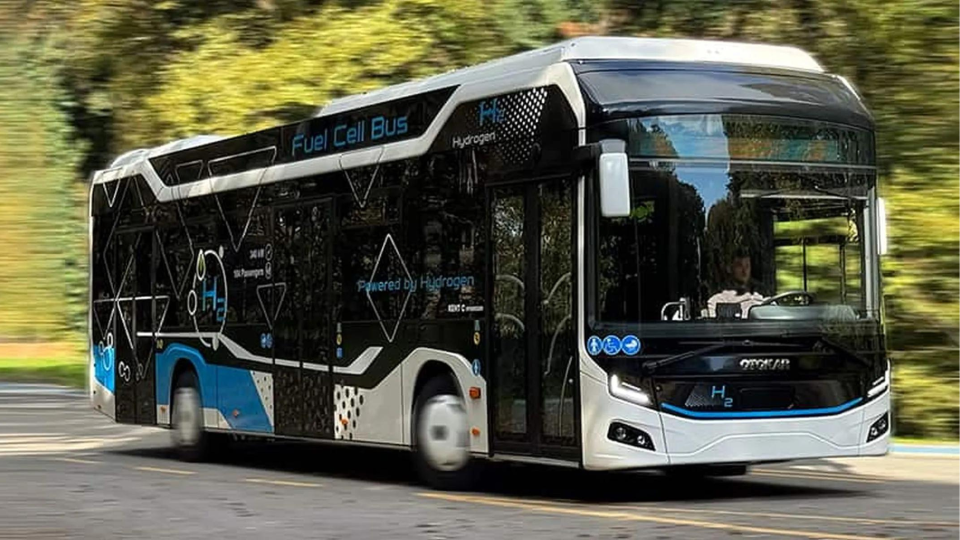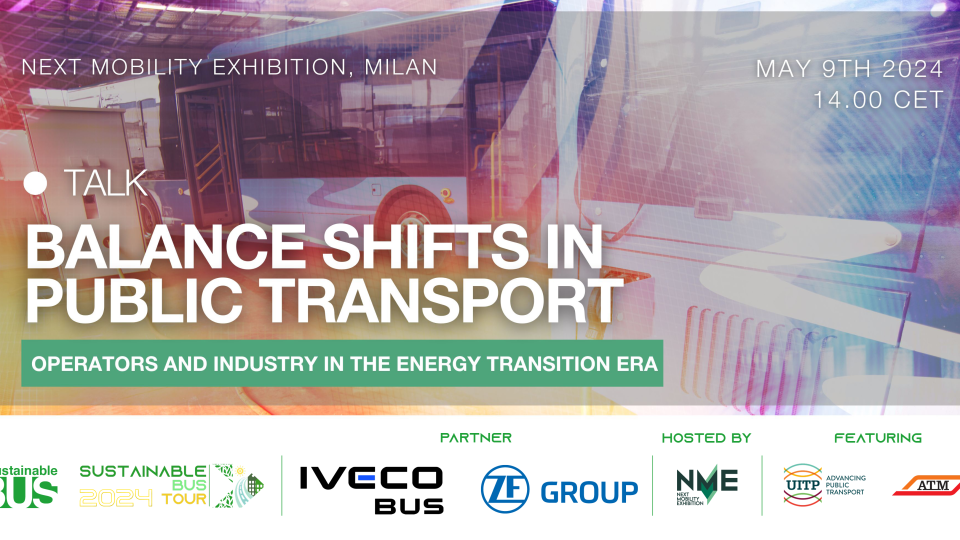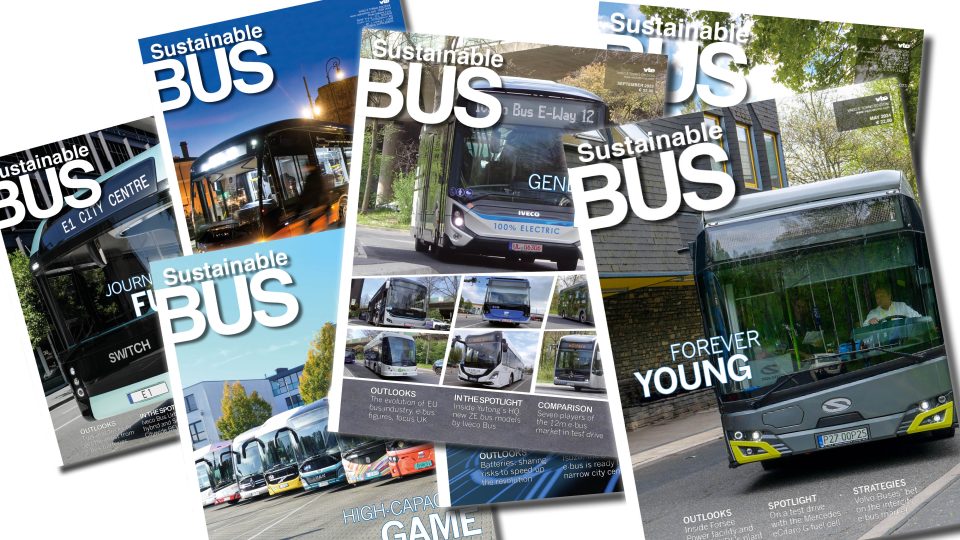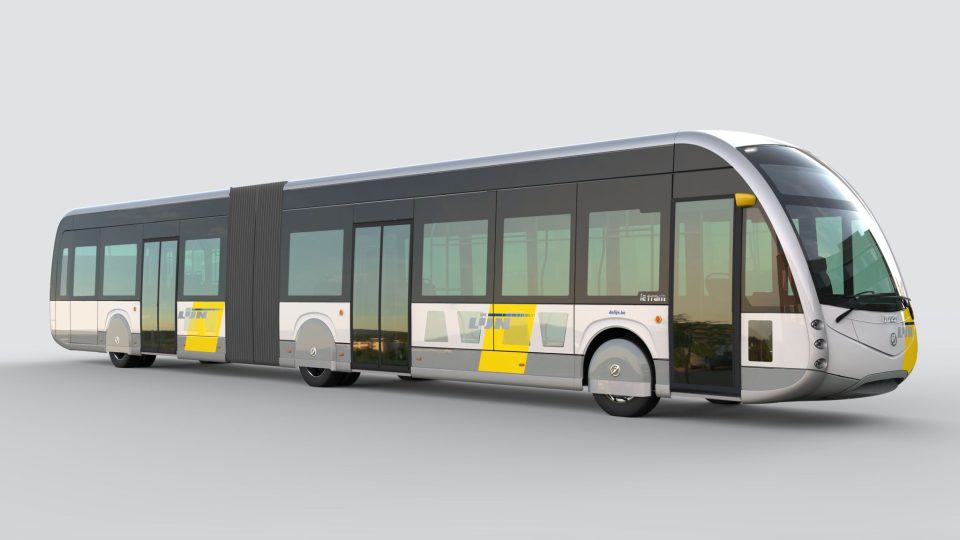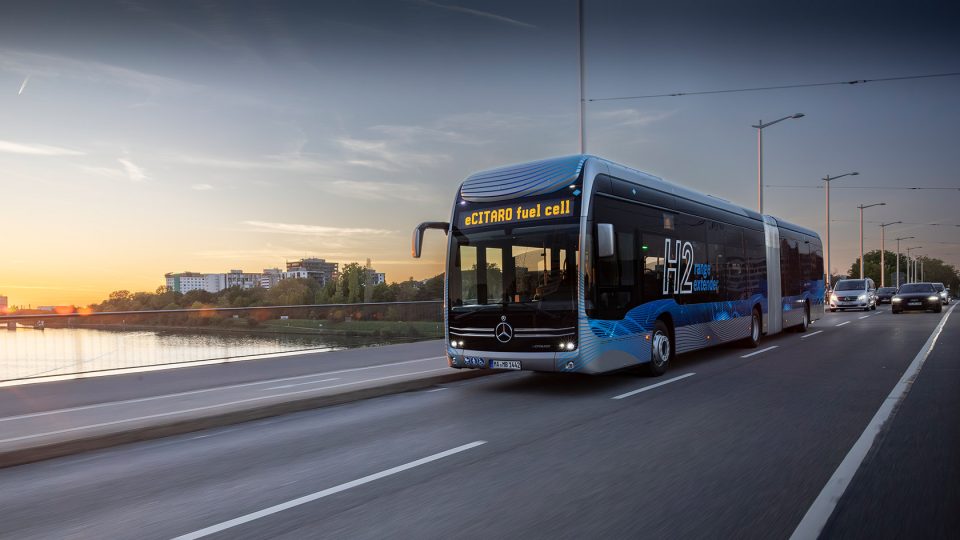Tallinn revives trolleybus technology with an upcoming procurement for 40 new vehicles
The Tallinn municipal government has decided to invest in 40 battery-powered trolleybuses and upgrade the contact network, is reported on local media ERR.ee, mentioned also by trade agency electrive. This decision comes after 24 years of transitioning from trolleybuses to buses (with heavy commitment to CNG drivetrains). Tallinn, capital city of the small Baltic state […]
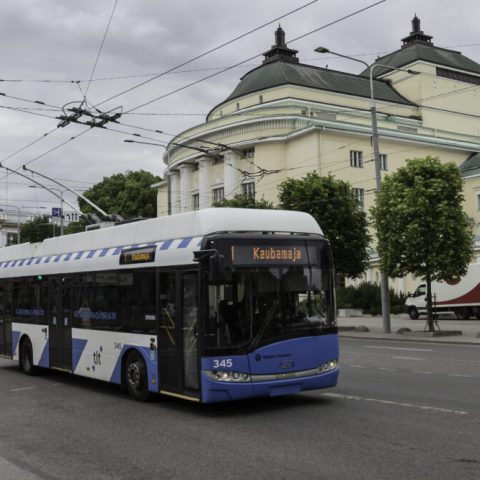
The Tallinn municipal government has decided to invest in 40 battery-powered trolleybuses and upgrade the contact network, is reported on local media ERR.ee, mentioned also by trade agency electrive. This decision comes after 24 years of transitioning from trolleybuses to buses (with heavy commitment to CNG drivetrains).
Tallinn, capital city of the small Baltic state of Estonia, in north-east Europe, once had nine trolleybus lines, but only four remain today. Plans to phase out trolleybuses shifted due to cost-effectiveness. Calculations suggest that retaining trolleys alongside electric buses would facilitate a cheaper transition to emission-free transportation by 2035. The new trolleybuses should arrive in Tallinn in the next three to five years.
Source of opening picture: https://www.tlt.ee/
Tallin to invest in trolleybuses (again)
The city council mandated Tallinn City Transport AS to procure 40 new battery-powered trolleys and revamp the trolleybus infrastructure. The fleet will include 22 long (18 meters) and 18 regular (12 meters) trolleybuses. The cost estimate for the trolleys is approximately €30 million.
EER.ee says that “The closure of trolleybus lines started in 2000, when line 8 between Freedom Square (Vabaduse Väljak) and Väike-Õismäe was taken out of service. In 2012, line 2 (Estonia-Mustamäe) was closed; in 2016, lines 6 and 7 (Kaubamaja-Väike-Õismäe and Balti jaam-Väike-Õismäe); and in 2017, line 9 (Mustamäe-Kopli). Buses started to operate on the lines instead”.
Despite the removal of overhead lines in the city center, trolleybus routes will utilize batteries for power, extending their reach.
Funding for the trolleybus project will be sought from Tallinn’s budget, with plans underway to relocate the trolleybus depot. Additionally, modern trams and electric buses are expected to debut this year, furthering Tallinn’s commitment to sustainable public transportation.
Vladimir Svet, deputy mayor of Tallinn, is quoted as saying on EER.ee: “In order to maintain a fleet of electric buses, you need charging capacity at the terminals. We did an analysis of how much capacity we have now and how much we could add without having to make a multi-million-euro investment in the network. These calculations show that at our current capacity, we can keep about 60 electric buses. If we want more than that, we have to start burying a lot of money in connection fees. And to increase the fleet of electric buses from the 30 we will have in the near future to, say, 300, that is a huge investment, a very large part of which will go into electricity, not to mention rolling stock. As we already have trolleybus infrastructure and experience with trolleybus maintenance, it would be a waste to write it all down the chimney and discard it. We have this infrastructure, and we are expecting it to serve us for decades. If properly maintained, it can last up to 50 years”.

